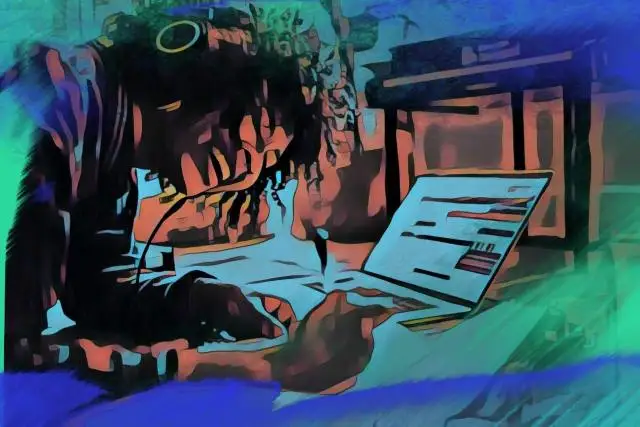Sync licensing is a phrase on the tip of every musician’s tongue at the moment. And for good reason. As well as providing upfront cash, and the possibility of more on the back-end, the exposure from a sync placement can be hugely beneficial for an indie artist.
If you’re new to the world of sync placements you may be wondering a) what all the fuss is about; and b) how to get in on the action.
There’s a lot to learn, but we’ve got your back. Grab a cuppa, and let’s dive into the bewitching world of sync licensing.
What is a Sync Placement?
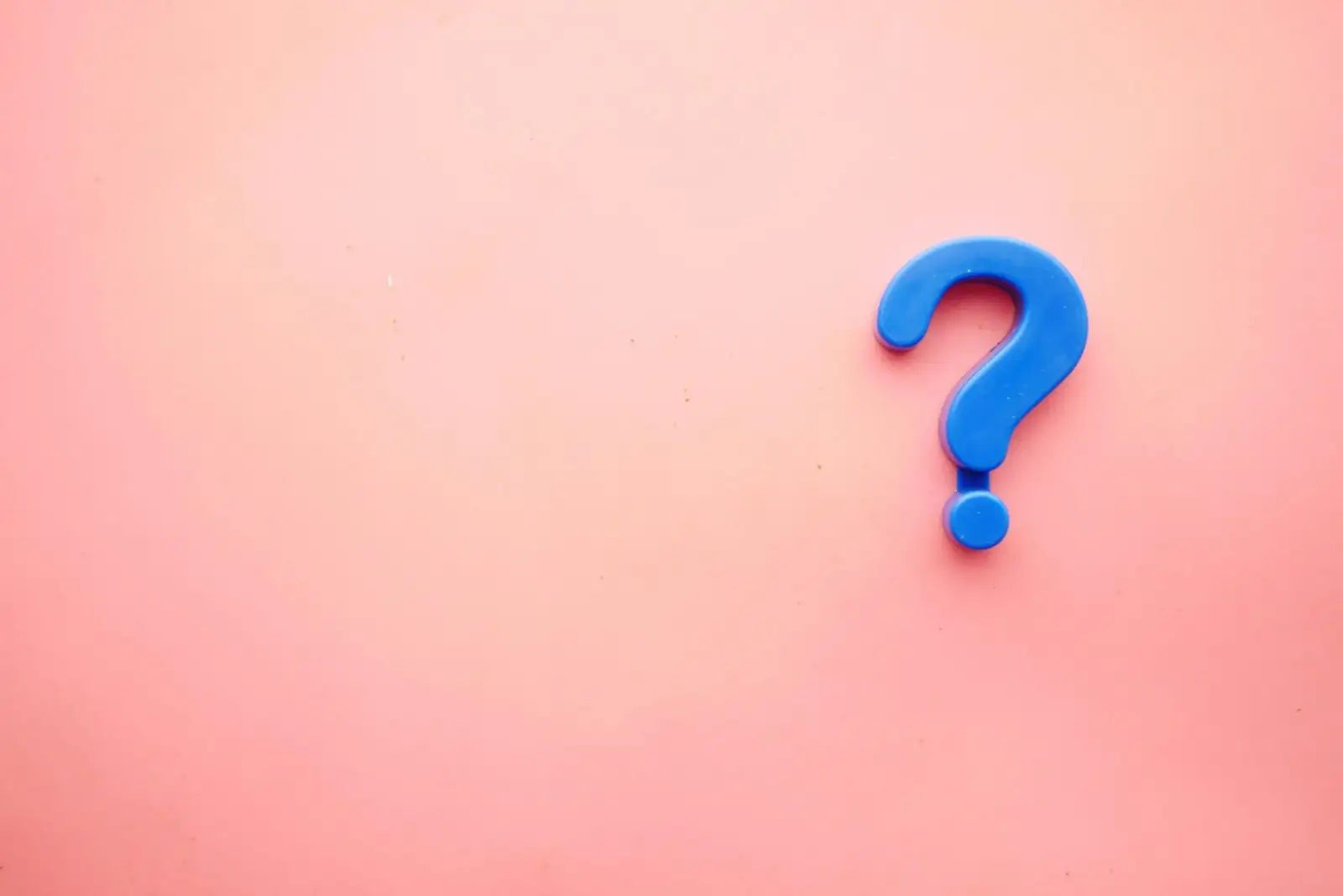
A sync placement, or sync license, is what happens when a piece of existing music is used in visual media. The audio and visual aspects are 'synced' together.
Note that this doesn't apply to music that is written specifically for the project; it only applies to songs or music that have a life outside of the visual aspect.
While the term sync license can be narrowly defined as the legal mumbo jumbo that lays out the terms of the deal, the phrase sync licensing is often used as a catch-all to describe the whole process of writing, producing, marketing, and securing sync placements.
What Type of Projects Use Sync Placements?
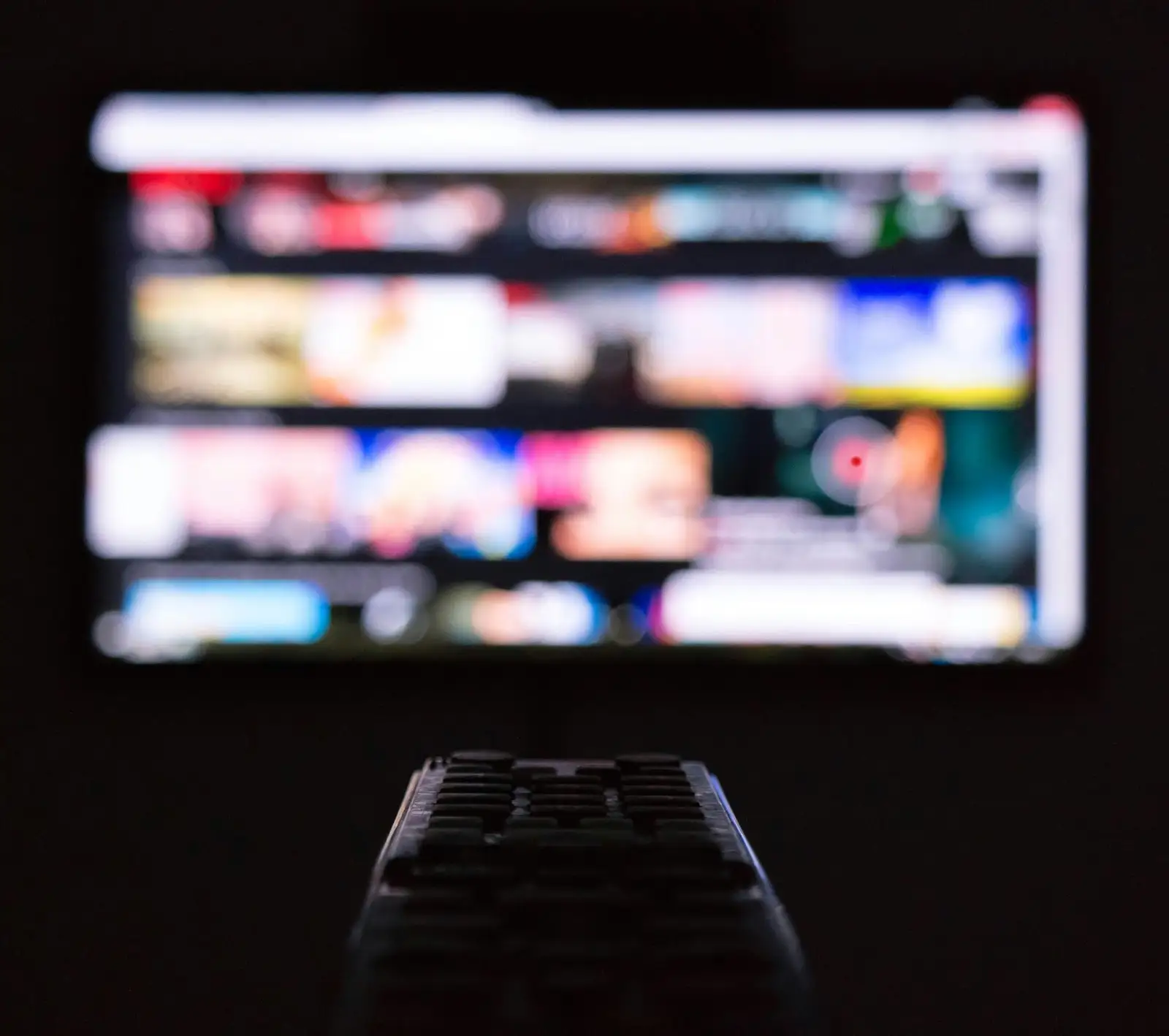
There's no shortage of content being created, and all that visual media needs music to go with it. Opportunities for sync licensing include:
- TV
- Film
- Trailers
- Video games
- Commercials
- Web & social media content
and to a lesser extent:
- Podcasts
- Audiobooks
While these last two types of media aren't visual, they're important to remember if you're considering getting into sync placement work. Audio-only projects are in a bit of a Wild West stage at the moment, but they're becoming increasingly popular and provide a lot of opportunities to place your songs.
And the more content is created, the more music is needed to feed the beast.
How Does Sync Licensing Work?
Bob needs a song for a scene in his movie. He really likes a track that Lisa released last month. Bob asks Lisa if he can sync it into his film. He offers her some moolah, she says yes, and voila - a sync placement has happened.
But there's a bit more to it than that. There's a whole issue of copyrights to consider for starters.
Any recorded song, or piece of music, has two copyrights tied to it:
Sound Recording Copyright
These rights pertain to ownership of the actual recording. If you're a signed artist these will generally be owned by the record label. Just ask Taylor Swift...
If you're unsigned you'll own the copyright in the sound recording yourself.
Sound recording copyrights are often called 'master rights', referring to the master recording of the song.
Composition Copyright
Composition rights refer to the underlying music and lyrics of the song that's been recorded. It's separate from master rights, and quite rightly so (pardon the pun).
Let's say I rather unwisely chose to record a cover of Beyoncé's Sorry. I'd own the master rights (i.e. the copyright in the sound recording that probably no-one will listen to). Beyoncé, along with the 6 bajillion co-writers, would own the composition rights. Or rather, her publishers do.
Composition rights can be owned or administered by a publisher, which is why in the sync world they're sometimes referred to as publishing rights. If a publisher administers your rights they basically do all the paperwork involved, but you get the final say in how a song gets used. If they own the rights to your song, the buck stops with them.
You can of course choose not to sign to a music publisher, or use a publishing administrator. You'll own all the rights to the copyright within the song, but you'll have to do all the legwork yourself.
If you record covers you won't have any composition rights to the song, just the rights to the master recording.
Sync Placement and Copyrights
In order to nab a sync placement deal for an original song you'll need to own both the master recording rights and the publishing rights.
If you've recorded a cover, you'll need to own the master rights and the production company or music supervisor will need to get clearance for the other rights from the music publishing entity.
How Do I Earn Money from Sync Licensing?
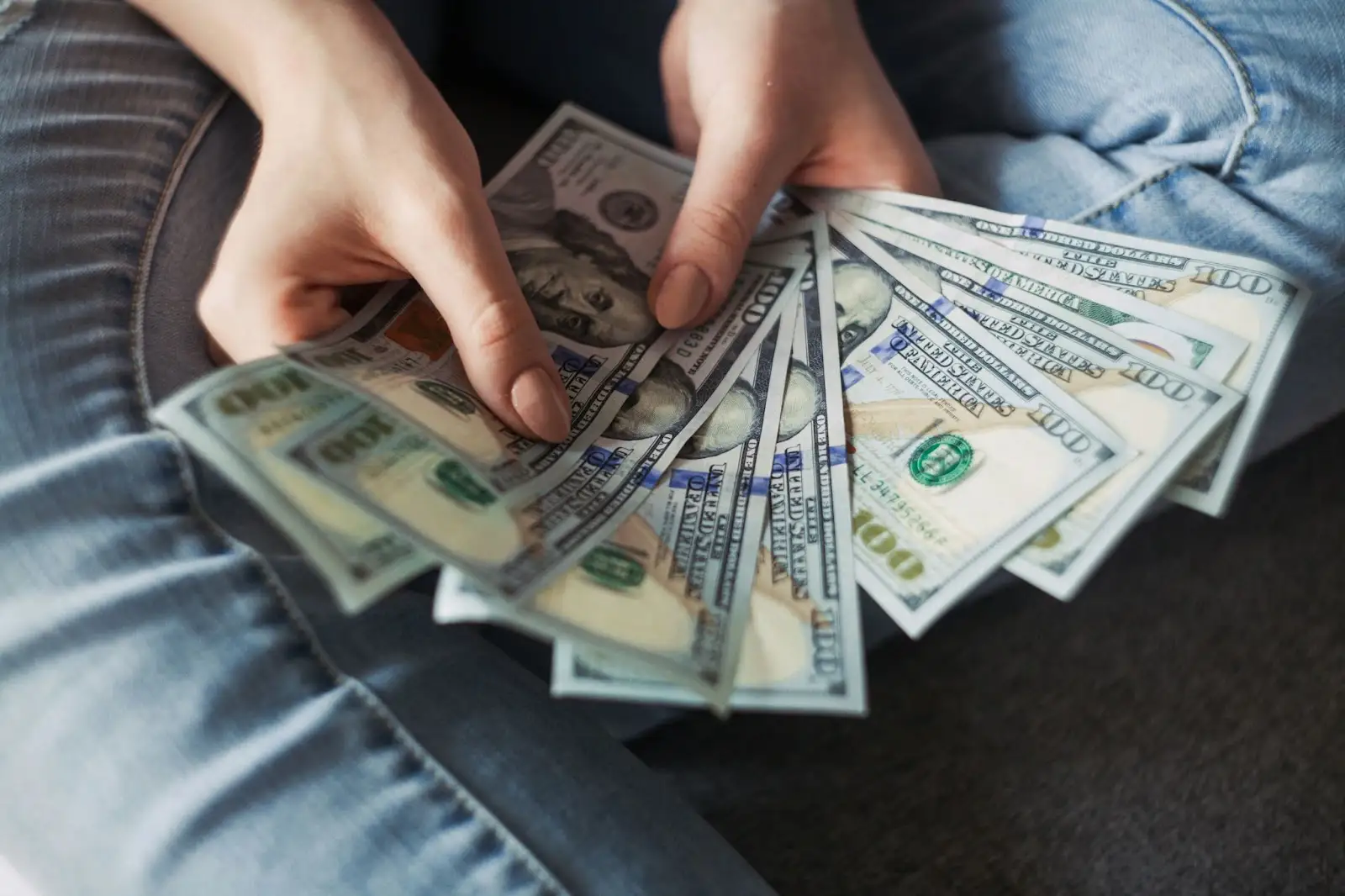
In theory there's three potential revenue streams when it comes to music licensing.
Master Sync
In order to sync a track to visual media, the licensee (the person making the thingy) pays a fee to use the sound recording in their work. This is called the master use license. The money from this will be paid upfront to whoever owns the rights to the studio track or live recording.
Composition Sync
Whoever owns the copyright in the composition of the song (or music) will also be due an upfront fee, in order to grant the rights to use the underlying song reproduced in the recording.
Remember that composition rights mean both the music and lyrics in the song.
Performance Royalties
Often referred to as 'back end', performance royalties are due any time a song is performed or broadcast in a public place.
If your song gets placed in a TV show that gets air time, you'll be due back end. How much you get depends on a number of factors, but if it's on a network you'll be happy.
Mechanical Royalties
Every time a song is reproduced as audio, mechanical royalties are due to the owner of the composition copyright. In the olden days of yore it wasn't uncommon for a film with a bopping soundtrack to release the music on vinyl or CD, and these royalties could add up for an artist.
With practically everything coming out of streaming services nowadays this type of royalty stream is negligible. But every penny counts!
How Much Can I Make From Sync Licensing?
There's no definitive answer to this, as sync fees can vary depending on a number of factors including:
- type of media
- duration of usage (one-time vs perpetuity)
- production budget
- region usage
- song/artist popularity
- length of audio
Likewise, residuals from a sync placement (performance royalties) can vary from a few pennies to thousands of dollars every year.
How To Write for Sync Licensing

While it's true that pretty much anything has the possibility of being licensed for sync placement, many artists choose to write specifically for sync placements.
To be really successful in the sync licensing game it's a good idea to hone your songwriting craft with sync placement in mind.
Watch Lots of TV and Film
Great homework assignment, right? But rather than just vegetate in front of the screen, pay close attention to what songs are being used. A great song is not always a sync-able song.
This is particularly important when you get to the pitching stage. The last thing you want to do is pitch your best songs to a music supervisor when they're totally not in the ballpark for the show.
When you're listening to the songs on tv and film, ask yourself questions:
- what are the lyrics about?
- how does the arrangement develop over time?
- what instruments are used?
- how is the song structured?
I'm not suggesting you change how you write and record music, just be aware of what works in the world of sync licensing. Knowing how music functions in a sync placement will help you understand whether your songs will be suitable for sync licensing. Always be authentically you when you're writing songs.
Write Universal Lyrics
While it's great to tell a story with details, being too specific in your lyrics may work against you when it comes to a sync placement opportunity.
Songs with lyrics about a universal or common theme stand a greater chance of success in sync licensing.
Let's say there's a music supervisor looking for a song to play at the end of a film about someone finding their home in Wyoming. Song A is about 'finding home' in a general sense. Song B references specific locations in the artist's home town of Poughkeepsie.
Can you guess which track the music supervisor would use?
That being said, don't edit yourself as you go about your songwriting. Trying to force a lyric into being 'syncable' may result in you writing a cr*ppy song.
Just be aware that songs with more general themes tend to do better in sync licensing.
Explicit Lyrics
As networks and streamers are getting more liberal with language, the chances of hearing a song containing an f-bomb are increasing. So if your songs do contain hard core verbiage it doesn't rule them out from sync opportunities. Just make sure you have a clean version, or at least one where the offending words are silenced out.
Use an Ending
Having a strong ending to your music will increase your chances of getting a sync placement, so go the extra mile and give your song a solid ending.
This gives the film/tv editor more options for how to come out of your song into the next scene. If the editor wants to fade the song out they can do that easily. Creating an ending, not so much.
Make the Song Dynamic
We all love a bangin' anthem. But music that stays in the same place dynamically will be of less interest to music supervisors and sync licensing companies.
So go ahead and create a little light and shade in your music.
Be Flexible
While your meisterwerk song may mean the world to you, don't get too attached. If it gets placed in TV and film, be prepared to have people talking all over it. Or singing all over it. Or placed behind an actor you just can't stand.
Love the music, not how it gets used.
How To Get Your Music Ready For Sync Licensing
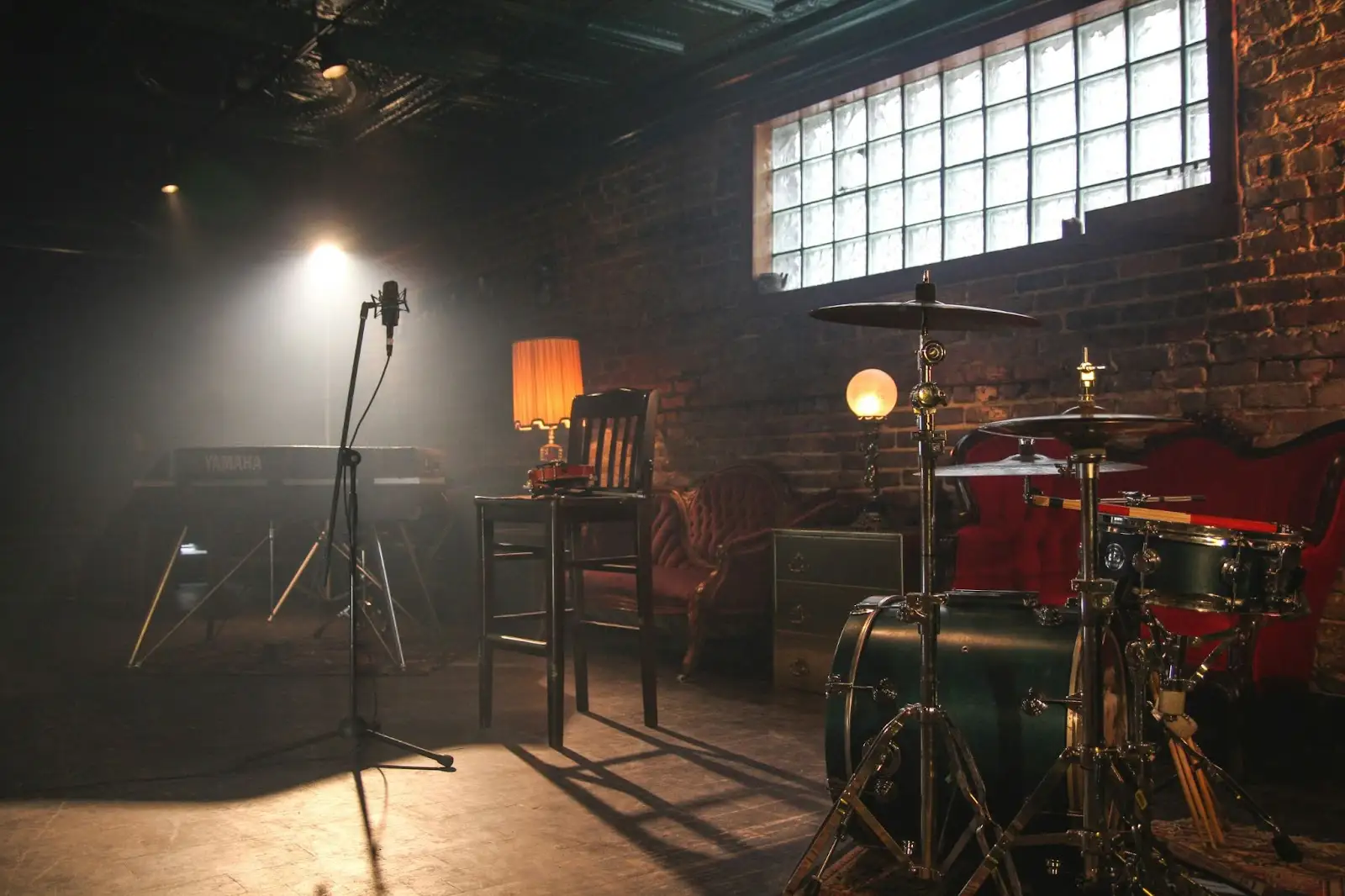
OK, so you've got some songs recorded and you want to pitch them to music supervisors and the like. We'll get into the how and the where of pitching in a sec. But before you start pitching it's essential to get all your ducks in a row, or you could end up missing out on an opportunity.
Here's a checklist of things you need to have ready before your start pitching:
Is Your Music Broadcast Quality?
This is a two-parter. Firstly ask yourself, and people you trust to give an honest opinion, if your songs stand up in terms of quality to what you hear on TV. How does your mix sit next to your Discover Weekly playlist?
The second aspect of this preparation is making sure you have masters in the correct sample and bit rate. Most TV uses 16/48 but it's always worth having other renders to hand.
Split Sheets
If you've co-written a song with someone you should always, always create a split sheet . This stands true regardless of whether your song gets a sync placement or not. It's just the smart thing to do.
But if you are getting into sync placement, you absolutely must be able to prove you have permission from all the rights holders (i.e. your co-writers). Otherwise your song will be avoided like it rolled in something stinky.
Work For Hire Agreements
Similarly, if you've used session musicians or a music producer on your recording, get a work-for-hire agreement from each and every one of them. This, and if appropriate, the split sheet, will give you permission from all parties involved to pitch the song for music licensing.
Join a PRO and Register Your Songs
If you play your music live, or have it performed in public you should join a PRO - Performing Rights Organization. They'll collect all the performance royalties due to you as the writer.
The same goes if your music is broadcast on a film or TV show; you'll be owed a slice of money thanks to the performance royalties generated by your sync placement.
It's much easier to join a PRO now than to get in a fluster when you suddenly land a sync placement.
Most people opt to join the PRO affiliated with their home country. In the USA that can be ASCAP, BMI, or SESAC; in the UK it's PRS.
Once you've joined, be sure to register your songs with them, unless you plan on signing them to a music publisher or library.
Did You Sign With a Publisher?
If you're pitching directly to music supervisors, you'll need to own all the rights to the music. If you signed with a publisher they'll own the composition rights, so you're not in a position to offer all the rights to music supervisors.
So, make sure the music you're about to pitch isn't covered by any contract.
Mixes & Stems
In addition to the main mix of your song, it's helpful to have an instrumental mix too. This gives the track more flexibility when it comes to sync placements.
An editor can, for instance, let the verse play as instrumental music and let the vocal take over the scene in the chorus. The more options you can give, the more likely your track is to get a placement.
If you get your mixes done outside of your own studio be sure to ask the engineer for an instrumental version before you finish the mixing session.
Likewise, it's a good idea to have stems of the song prepared ahead of time. These, too, give the editor more flexibility when using the song.
Ideally, you'll have access to the original session, in case a music supervisor asks for a specific cut, or set of stems.
At the very least, be sure to have a main mix, instrumental version, and if appropriate a clean version somewhere easily accessible.
Having a set of mixes in the cloud is a smart option too, in case you're on the move when you get a sync placement request and can't get to your studio.
Metadata
When you get to the pitching stage you'll be sending out MP3s of your music. Make sure your MP3s have all suitable metadata embedded in them to make them easily searchable. It also means if a file gets separated from an email your contact info can still be found.
Some key metadata you'll want to add include:
- Song title
- Name of artist and songwriter(s)
- Contact email and phone number
- Genre/sub-genre
- Mood/other keywords and descriptors
- Lyrics/language
You may also want to include your CAE number from your PRO, and something in the comments section to show you have all the rights needed for clearance.
Sample Clearance
In short, if you want to start licensing music, just don't sample. While you can get clearance if you're using a sample of somebody else's song in yours, it's an extra pain point for the music supervisor, and they'd just as rather use a song that doesn't have any (potentially uncleared) samples in it.
If you use sample packs or virtual instruments, check the End User License Agreement (EULA) that came with the product. It's likely you're not able to use an 'exposed' sample or sound for any kind of licensing opportunity. The best rule of thumb here is to make sure the sound or sample you're using is altered drastically in some way - extreme sound design , or layering with another sound/sample is the safest thing to do.
How To Get Sync Placements
Ah, the bit you've all been waiting for! The music industry is a many-headed beast, and it's no different when it comes to sync licensing.
Music Supervisors
Music supervisors work with production companies to help them find the right song for their project, and clear it for use in the show or film. It can be a thankless task, and they are often overworked. So always treat them nicely.
A music supervisor's job involves knowing a lot of different music, and having good relationships with music libraries, music publishers, and songwriters.
Music supervisors will often work with music libraries, music publishers and sync agents to find song options that match the director's vision for the placement. They work with all parties involved to choose the right song, and secure the necessary rights clearance.
Music Supervisors and Indie Artists
TV shows like to be on the cutting edge of the music scene, and as a result music supervisors are always on the look-out for new music and emerging artists for potential sync placements.
Another reason many music supervisors like independent artists is ease of use. A music supervisor is in charge of making sure all rights to the music are cleared, and often an indie artist owns both the master and compositions rights, making them a one stop shop for rights clearance.
How To Contact Music Supervisors
Music supervisors are busy people, flooded with emails every day. Never send an unsolicited music submission to a music supervisor; chances are it'll get lost in a sea of other messages.
Instead, focus on building relationships with music supervisors. Do your research so you know what types of shows they work on, and what type of music gets used. There's no point pitching hip hop to a show that always uses a moody acoustic track at the end of the show.
Avoid reaching out to top music supervisors to begin with. They'll be extra-busy, and spend a lot of time working to place songs from major artists. Instead, focus your attention lower down the food chain. Even better if you can find a music supervisor who is just starting out in their career.
When you do get in touch, keep the email short and polite. Show that you've done your research - reference their work and say how much you enjoy it. Follow the music supervisor on social media, and be sure to follow up from time to time - about every 3 months or so.
Where To Look
Music supervisors generally don't advertise for songs. Instead they'll use their network to source tracks for placement.
Because of this you'll need to do some detective work to find them. The interwebs is a great place to do this. Try searching on the socials for 'music supervisor' or 'music supervision'.
Another great way to meet music supervisors is to attend industry conferences; film festivals and music conferences to be in the same room as a music supervisor and establish a solid relationship.
You can also use an aggregate service like Taxi Music to submit music to music supervisors. Be sure to follow the brief and only submit material if it fits. Even if your song doesn't get chosen it's a foot in the door.
Because, like anything else in this business, it's all about building and maintaining relationships.
Music Sync Agencies
A music sync agent will represent an artist's song, or songs for sync licensing. They don't control or own any rights, but instead 'pre-clear' the music to make sure it's ready to license at the drop of a hat.
A sync agent will work with advertising agencies, production companies, or with a music supervisor to find the best music for the spot from their catalog.
A good sync agent won't charge you to pitch for an opportunity but will instead take a cut of the sync fee if the placement is successful.
How To Contact Sync Licensing Companies
Use the internet to research sync agents and sync licensing companies. Since they are essentially a 'middle-person' in sync placement it will be easier to get music on their radar, often via a portal or submission email address on their website.
Music Libraries
A music library is similar to a sync agent in that they represent an artist's music catalog and can offer pre-cleared music. However sync agents more often represent songs, whereas music libraries tend to veer towards instrumental music.
And while sync agents will actively pitch for a sync license, music libraries hold vast collections of music for potential users to search through themselves.
Music libraries offer an advantage to creators looking for a wide range of music options to choose from; once they find the right track they can license it with just a few clicks.
Music libraries and stock music sites (which are essentially the same thing) are good for new artists wanting to get their first sync placement. You're not likely to get a major placement, but will instead find your music used in smaller projects, like YouTube videos.
Exclusive vs Non-Exclusive
One thing to watch out for as a sync artist is whether the library offers non-exclusive or exclusive music licensing deals. Exclusive deals mean you can't place the same song with another library or agency.
How To Contact Music Libraries
Google phrases like 'music library' or 'stock music site' to find the websites of potential libraries to contact.
On the sites have a poke around to see what their submissions process is. It will differ from library to library, so be sure to follow all the instructions to the letter. If they ask for only 3 tracks, don't send them more. If they're not accepting submissions, move on to the next library.
If there's no clear submission process try emailing the library, but do not send attachments. Let them get back to you with instructions on whether they're accepting, and how to submit music if so. Again, it's all about relationship building.
Another resource for researching music libraries is Music Library Report . It has an active forum, and composer reviews on many music licensing companies.
Distributors
If you self-release your songs through an online distributor like Distrokid or CDBaby, there'll be an option to include your songs in their sync licensing opportunities. It's a hassle-free way for indie artists to get into sync as the distributor handles all the paperwork and collects the sync fee.
Conclusion

Earnings from sync placements can vary wildly. But if you keep doing your thing, these sync fees and back-end payments can add up. Plus, the exposure can lead to unexpected opportunities.
It's not an exact science, but it sure is fun to hear your tunes on your favorite TV show. So go forth, and synceth the music!


